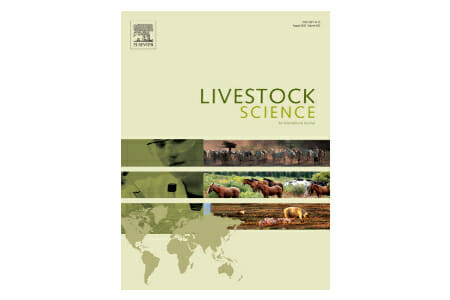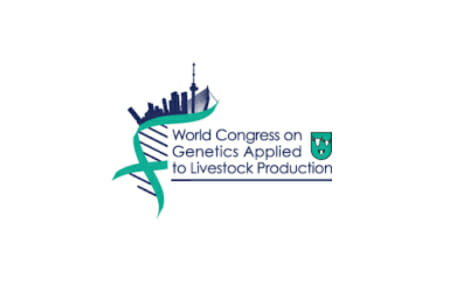Feeding the world sustainably starts with how you run
your agribusiness
Make better decisions based on your data with cutting-edge genetics,
strategic economic analysis, and the latest agribusiness developments
“A big leap forward in terms of how we are modernizing our breeding operations”
— Hugo Campos, Director of Research, International Potato Center (CIP), Uganda
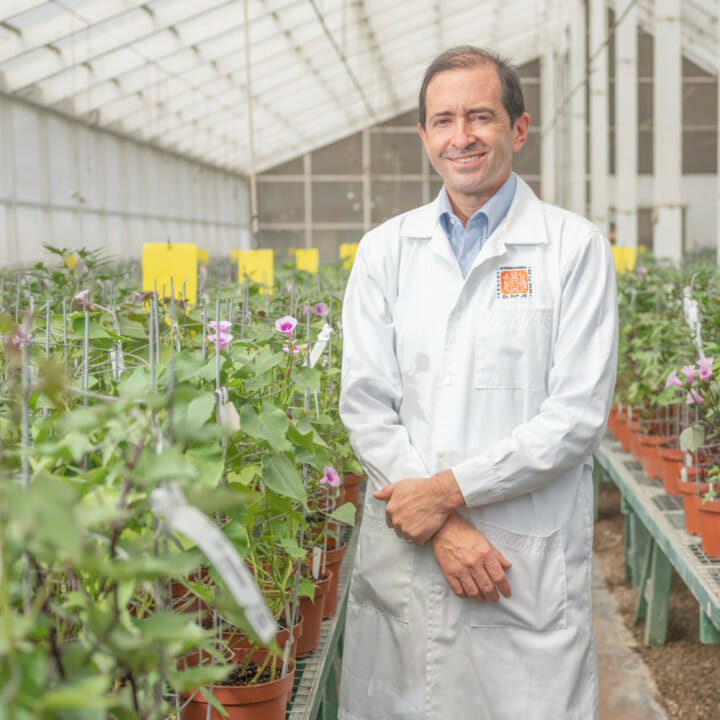
Feeding the world sustainably starts with how you run
your agribusiness
Make better decisions
based on your data with
cutting-edge genetics,
strategic economic analysis, and
the latest agribusiness
developments
“A big leap forward in terms of how we are modernizing our breeding operations”
— Hugo Campos, Director of Research, International Potato Center (CIP), Uganda











You want to respond to climate change.
You want to respond to consumer choice.
And you want better business outcomes.
These goals aren’t mutually exclusive. In your experience, they depend on one another.
Premium crops and healthy, reliable livestock need fewer resources to produce greater yields.
A smaller environmental footprint helps you stay ahead of the policies pressuring your industry.
Which means you’ll see higher feed efficiency and significant savings on inputs like irrigation, fertilizer, pesticides, herbicides, and pharmaceuticals. And worry less about environmental fines and compliance.
All of this is within reach when you use mathematical genetics, digital technologies, and economic insights to unlock value that just didn’t exist before.
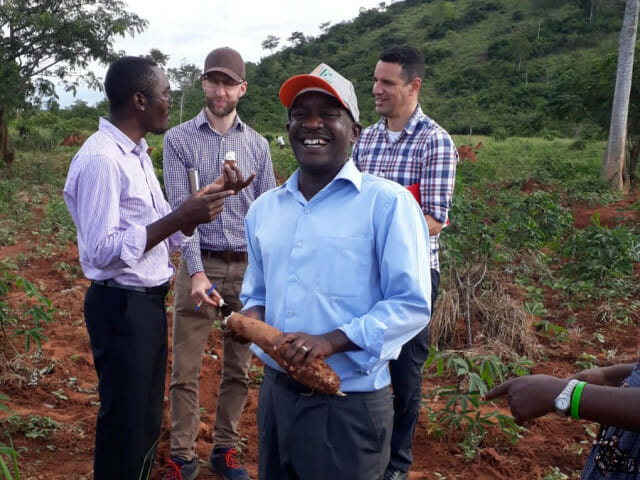
Dr Tim Byrne and Dr Bruno Santos working on the NextGen Cassava Breeding Project with Cornell University and the International Institute of Tropical Agriculture (IITA)
You already collect plenty of data.
Now you can finally turn it into actionable insights.
“What IS the impact of our business decisions?”
Better strategy means better results. With AbacusBio, you get access to strategic insights across every step of the value chain.
From seeds, breeds, and processing all the way into people’s homes.
Improve the sustainability of your sector with environmental genetics
Develop successful new processes and products based on data science
Increase feed efficiency
Strengthen food and fiber security in the face of droughts, flooding, and soil degradation
“Which genetic traits will REALLY make a difference?”
The days of breeding for beauty and traditional standards are over. Because the performance of crops and livestock means so much more now. You want to help feed the world, reduce emissions, and offer the produce people are asking for.
Achieve higher, reliable yields with more efficient resource use
Decrease the methane or nitrogen emissions of your agribusiness – or even the entire industry
Improve animal health and welfare
Depend less on pesticides, herbicides, and fertilizer
Run a more profitable business by aligning with consumer and market requirements
Wherever you are, we meet you right there
Our expertise has been peer-reviewed, tried, and tested with businesses around the world
Armenia
Australia
Bangladesh
Brazil
Brunei
Canada
Chile
China
Denmark
Ecuador
Ethiopia
France
Hungary
India
Ireland
Italy
Malaysia
Mexico
Netherlands
New Zealand
Nigeria
Papua New Guinea
Paraguay
Peru
Poland
Romania
Saudi Arabia
Tanzania
Turkey
Uganda
UK
Ukraine
United Arab Emirates
United States
Uruguay
Zambia
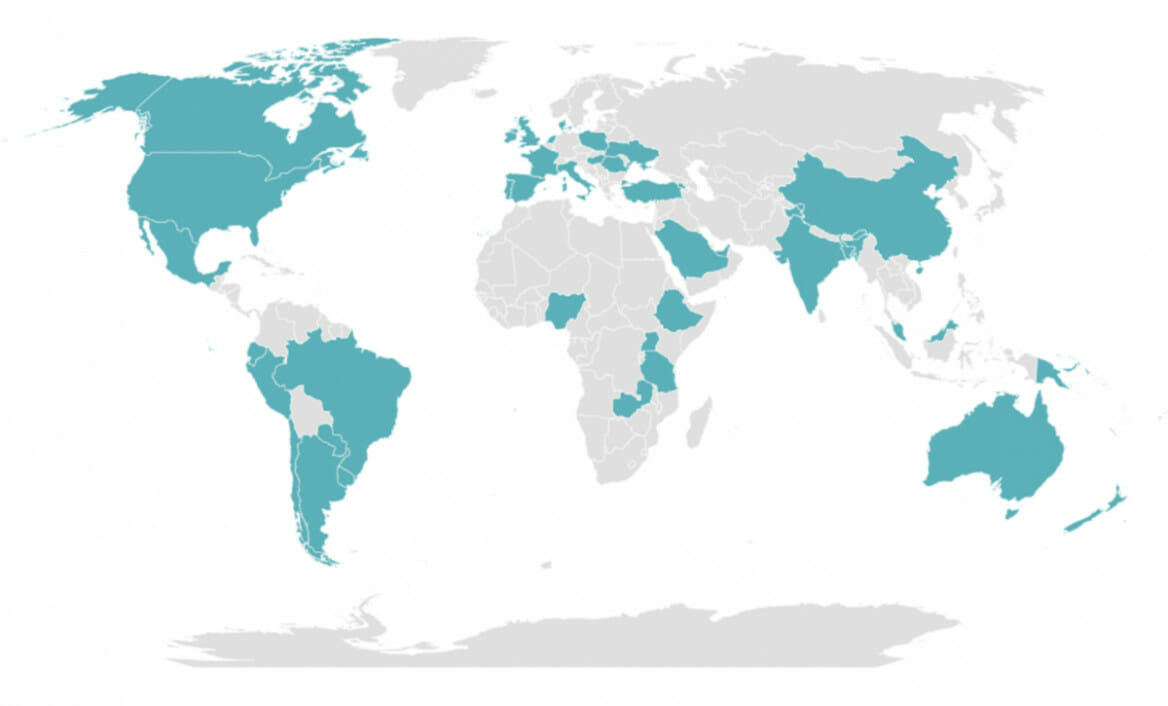
Testimonials
You’ll be pleased to know there’s no homework to get started
You may have done lots of research we can draw on already. Maybe you’re just starting to explore the possibilities. Either way, now is the time to take advantage of our expertise.
Right from the start, you’ll learn exactly which steps you can take to systematically collect better, more uniform data.
So you can let the facts show you how to outperform your competition, protect the environment, and respond to what customers want.
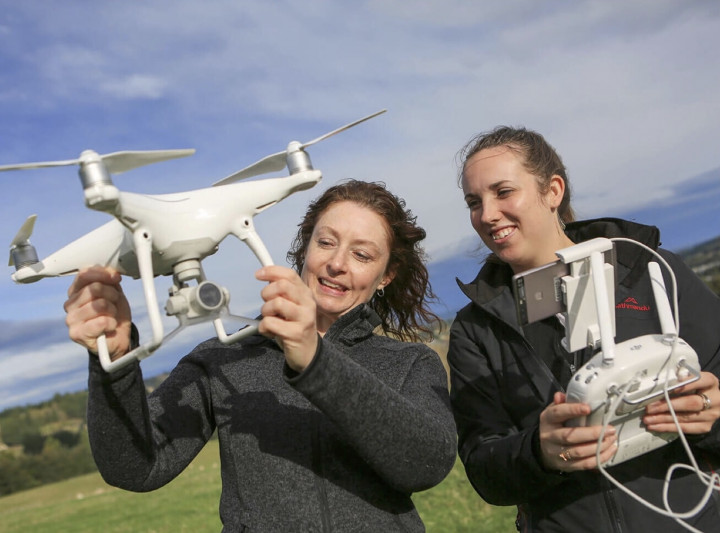
Dr Cheryl Quinton and Megan McCall
evaluating the impact of new technologies for investment decision making
“AbacusBio knows what we need”

“AbacusBio are really good at grasping what it is we need out of a project. And they take the initiative on day-to-day work, which is really helpful.”
Kim Matthews
Head of Animal Breeding & Product Quality, ADHB
“Great project management”

“I really like the way that AbacusBio manage projects and break things down into usable chunks.”
Brian Gardunia
Head of Cotton Product Design, Bayer



















